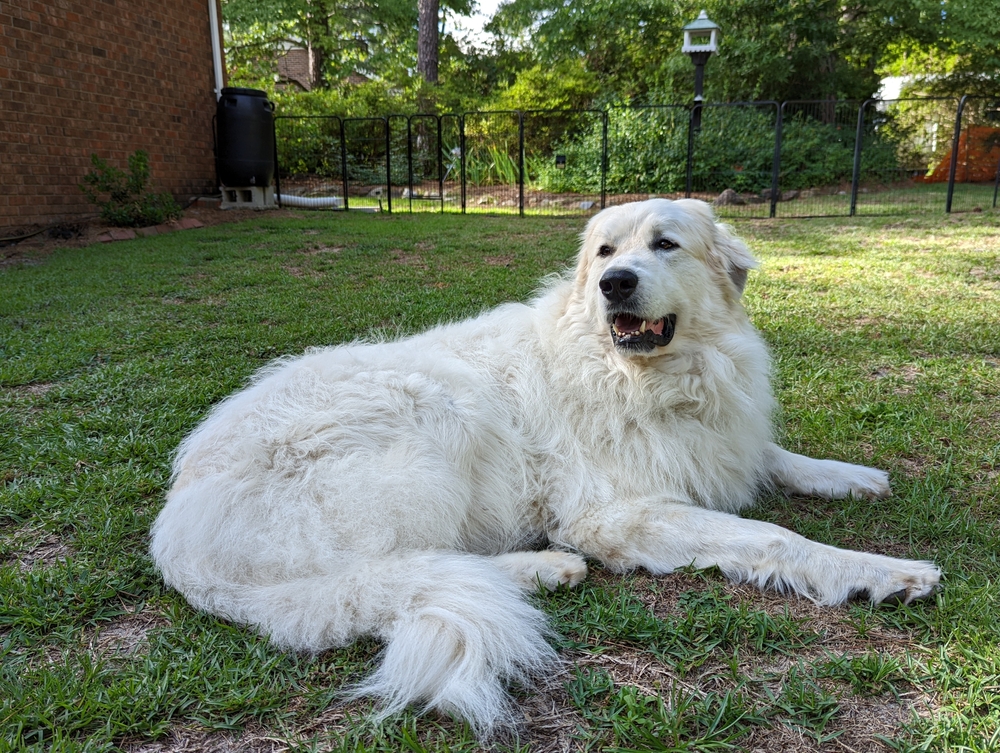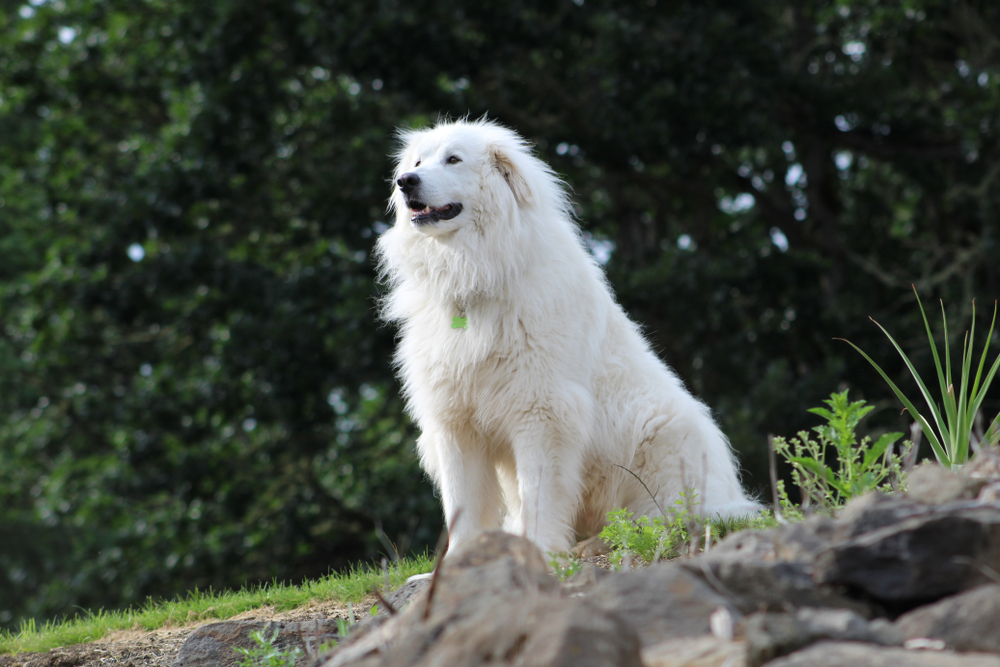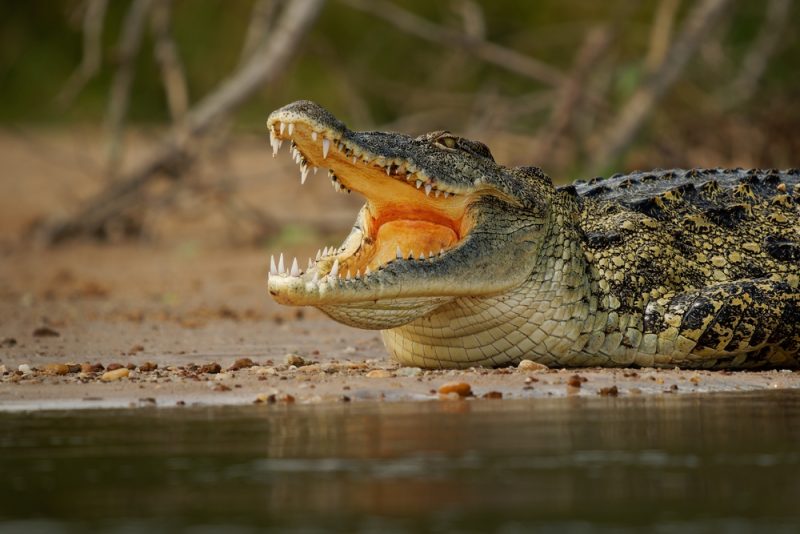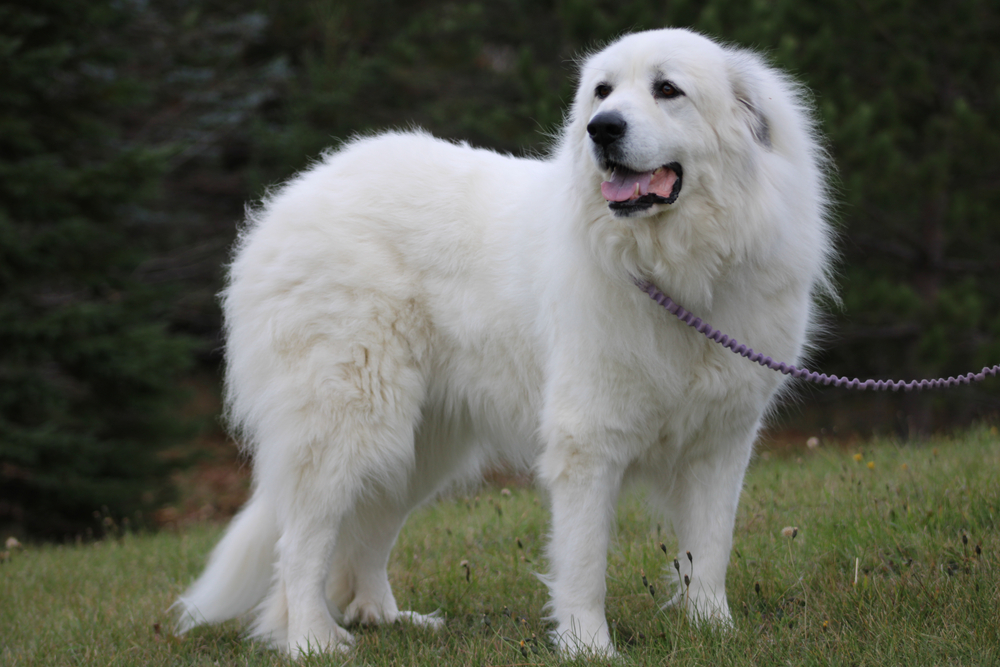[ad_1]
Dogs have different measurements of bite force. Some of them barely hurt at all, while others can literally rip off a finger. Knowing the bite force of your dog can help you determine what kind of chewer they will be, if they can do real damage in an altercation, and many other factors. Let’s get into what bite force is and how the Great Pyrenees measures up.

What Is Bite Force?
Bite force, by definition, is the force exerted by the masticatory muscles upon the occlusal surfaces of teeth. In layman’s terms, that means the amount of force exerted from a total clenching of a bite-like motion.
You might wonder where in the world we even got the idea to measure bite force, but it’s actually a very important scientific explanation. It helps us get to know different animals better and helps us understand the powerhouses that they are .
Many animals have a bite force that far exceeds that of a human, and even that of a dog. But that doesn’t mean that the bite force of the Great Pyrenees is anything to sneeze at.

How Is Bite Force Measured?
Bite force can be measured using several different methods. These include devices, sensors, and indirect evaluation of types. However, these devices can be unreliable, because the force of the dog’s bite can be different each time.
Newtons & PSI
To add to this variation in measurements, different studies have used different units of measurement, and the two are not easily converted to one another.
- Pounds per square inch (PSI) gives a reading of the number of pounds exerted on a square inch surface.
- Newtons are the international unit of force measurement. It measures the force that would be needed to move a one kilogram object one meter per second.
The PSI is determined by the animal biting down on an actual testing surface. The PSI is considered the more accurate of the two.
Devices
Bite sleeves are devices used to measure bite force. Typically, someone wears the bite sleeve in a controlled setting and the animal bites down on it. As the bite force is applied, the sleeve will take a measurement of the dog’s bite force.
There is another device called an MPM-3000. It uses a block on the teeth that the subject bites down on instead of a metal plate. It reads on a digital readout, measured in kilograms.
Sensors
Sensors are a bit more invasive than using devices to measure bite force. It is a very intense procedure that requires anesthesia for the animal to be sedated. It also uses a form of dental surgery, tethering the animal with wires and then measuring the bite output.
What Is the Bite Force of a Great Pyrenees?

Unfortunately, there is not a bite force measurement of a Great Pyrenees that is universally agreed upon or measured since measuring the bite force of a dog can be difficult (more on this below). Some estimates suggest that the bite force is around 200–240 PSI (pounds per square inch), while other estimates suggest that the bite force is over 400 PSI.
Several online sources cite extremely high bite force measurements, exceeding 700 PSI, however, there is no scientific evidence to support this data. Based on actual bit force studies involving German Shepherds and Malinois used in police work, we estimate the Great Pyrenees bite force to be around 280-340 PSI.
There are several different elements that go into the testing used to determine bite force, and so the results aren’t always accurate. This inconclusive data can create various numbers that don’t match up.
Animals With the Strongest Bite Force
All dogs have a very puny bite force in comparison to some other animals on the planet. Here are the average PSI measurements of several different powerful critters. Keep in mind that all of these numbers are strictly averages, as there is no definitive bite force to mention.

- Orca—19,000 PSI
- Nile Crocodile—5,000 PSI
- Great White Shark—4,000 PSI
- Alligator—2,000 PSI
- Hippopotamus—1,800 PSI
- Jaguar—1,500 PSI
- Gorilla—1,300 PSI
- Polar Bear—1,200 PSI
- Grizzly Bear—1,200 PSI
To give you an idea of what this all means, it takes 2,500 PSI to crush a car.
Results of Measured Bite Force
As we mentioned earlier in the article, bite force can be a very hard thing to determine. The results of bite force can be very misleading. Tests are run on animals to see the bite force using the methods we mentioned above. However, there are several different factors that go into testing ultimately.
This can lead to inconclusive results and varying numbers. Also, many researchers would include that because of the different test variants, it is an unnatural way to test an animal’s true bite force in their natural element.
So, always keep in mind that the measured bite force is a total average, and may not reflect the exact PSI of each individual animal.
 Conclusion
Conclusion
Now you understand a little bit more about exactly what bite force is and how it is measured. The Great Pyrenees might have a significant bite, but theirs is not nearly as significant as some other animals on the planet. Even many dog breeds have a stronger bite force, so we would like to think they fall somewhere between the middle and higher end of canine forces.
The bite force of a dog does not reflect the aggression level or likelihood to bite, it is simply a way to estimate the power exerted by a dog’s jaws if they bite.
Featured Image Credit: Amanda Poulin, Shutterstock
[ad_2]
Source link
